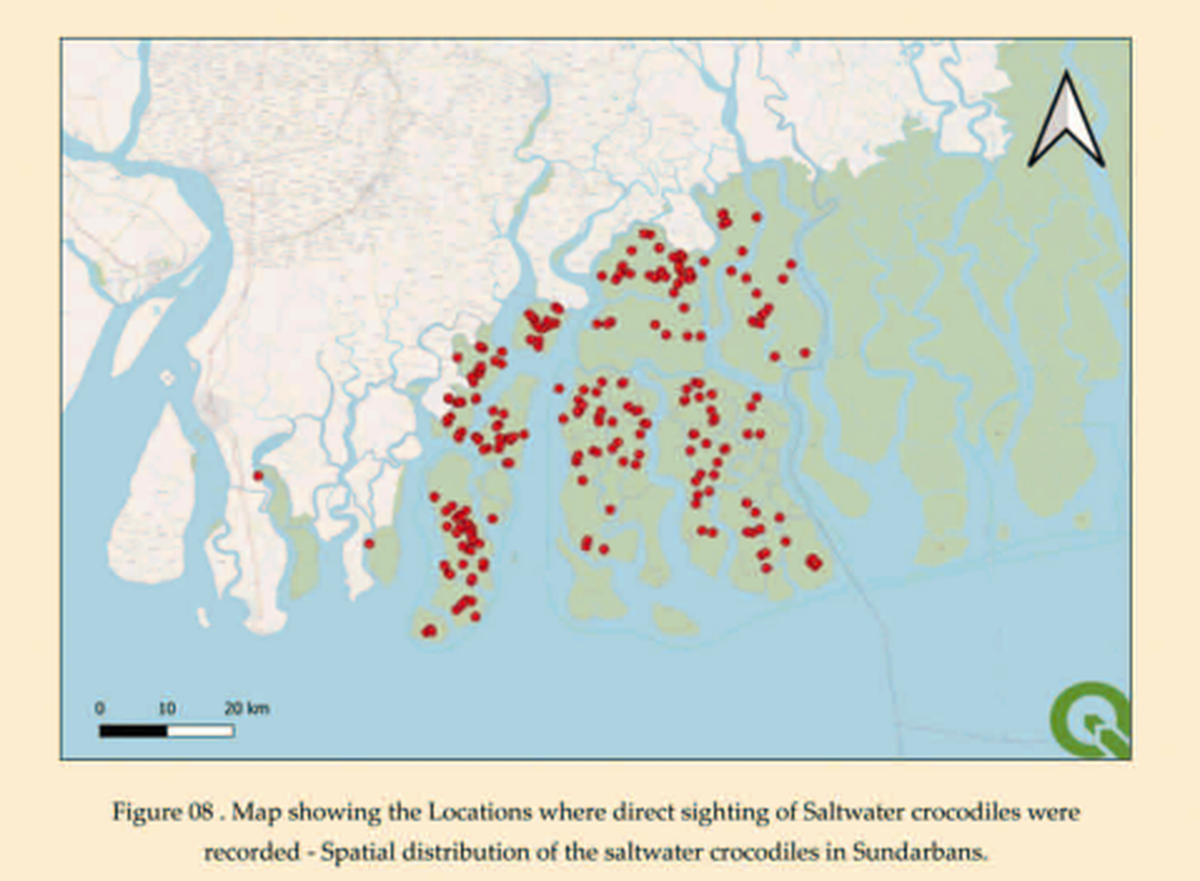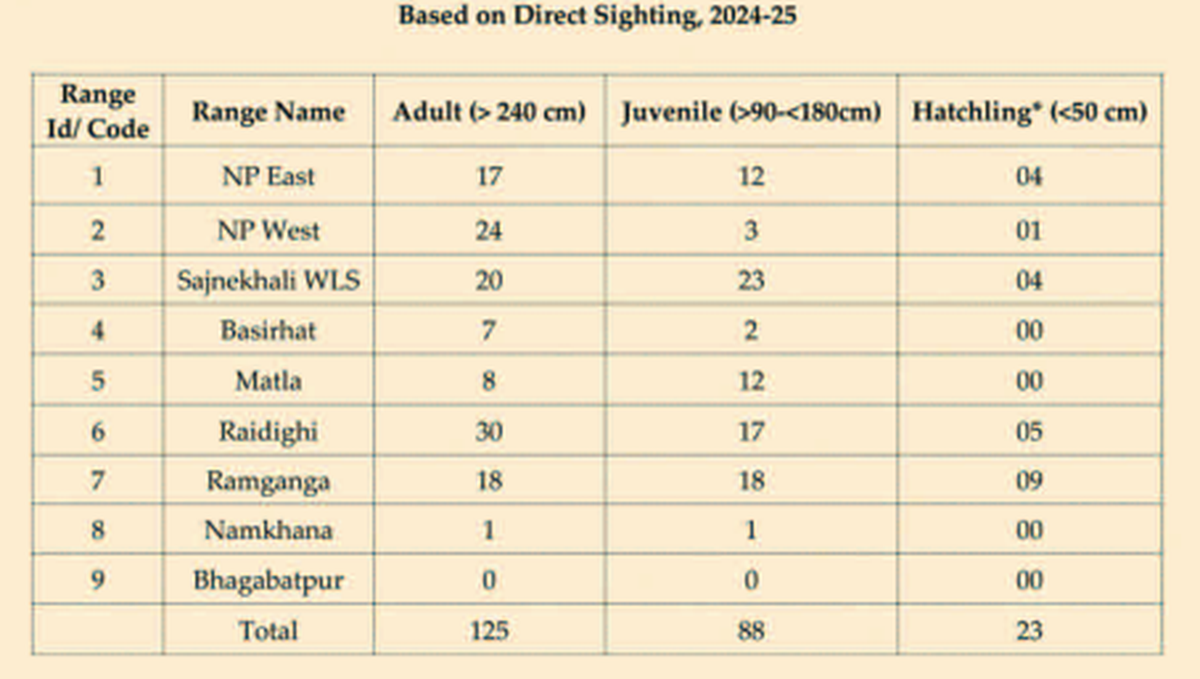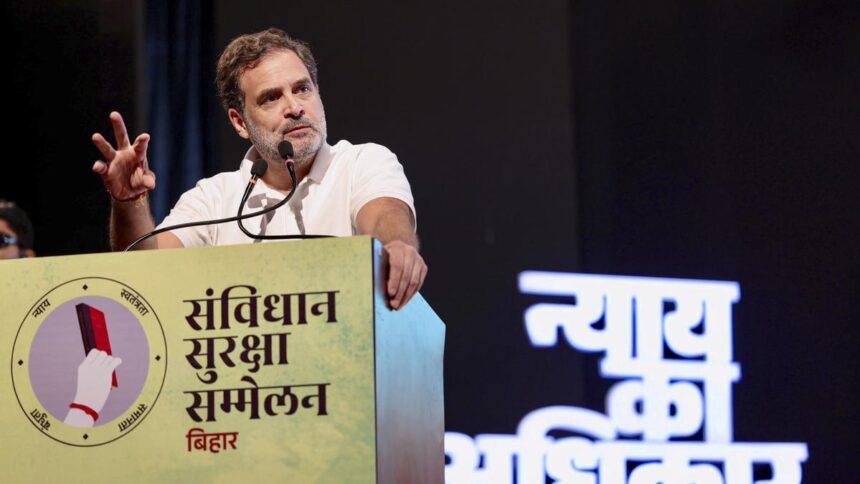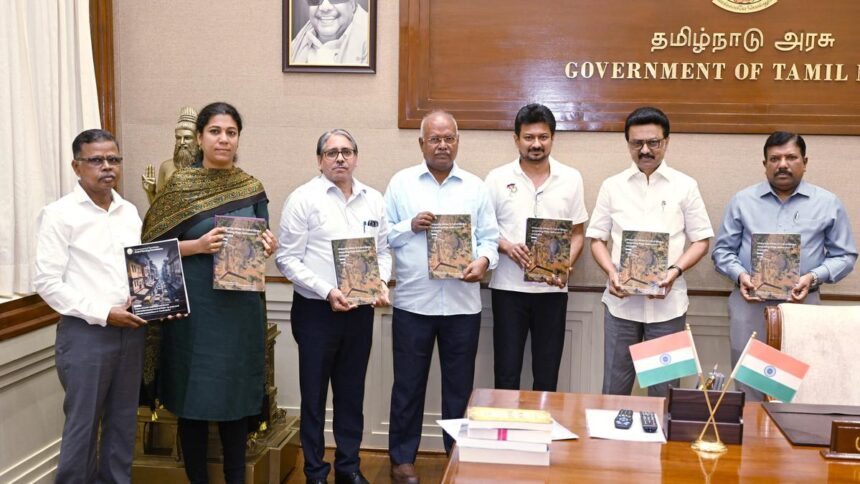
A Gangetic crocodile takes a sun bath in the mangrove forests of Sundarbans in West Bengal. File.
| Photo Credit: The Hindu
The estimated population of saltwater crocodiles, one of the largest reptiles in the world, has increased in the Sundarban Biosphere Reserve (SBR) from last year, according to a population survey by the State’s Forest Department.
“In comparison [to 2024], there is an increase in the number of all demographic classes [of saltwater crocodiles], specifically in the hatchling class. This is an encouraging sign as sighting of hatchlings is very rare and difficult in the terrain of Sundarbans,” the Forest Department report titled ‘Population Assessment and Habitat Ecology Study of Saltwater Crocodiles in Sundarbans 2025’ says.
According to the report released on Monday (August 18, 2025), the saltwater crocodile (Crocodylus porosus) is the largest of all crocodilians and the largest reptile in the world. They are “hypercarnivorous apex predators” that keep flowing water ecosystems clean by feeding on the carcasses and wild remains in the water.

In India, saltwater crocodiles are distributed across the swamplands, rivers, mangroves of Odisha and West Bengal and the coastal areas of the Andaman and Nicobar Islands.

Photo Credit: Departments of Forests, Government of West Bengal
The estimated population of saltwater crocodiles at SBR has been found to be between a maximum of 242 and a minimum of 220 this year, with 213 direct sightings recorded during the study.
In comparison, last year, the estimated maximum number of saltwater crocodiles in the region had been pegged between 204 and 234.
According to direct sighting data and based on the length of the saltwater crocodiles, a total of 125 adults, 88 juveniles, and 23 hatchlings were traced through direct sightings in 2025.
These numbers reflect a considerable increase from the crocodile census done in 2024, where 71 adults, 41 juveniles and only 2 hatchlings were traced through direct sightings.
Meanwhile, the encounter rate of the saltwater crocodiles in the Sundarbans, according to this year’s study, is around 0.18 per kilometre — around one saltwater crocodile per 5.5 kilometre of the studied stretch.
The study was conducted at SBR through systematic surveys, GPS mapping and habitat characterisation. It covered 1168 kilometres of creeks in the SBR, amounting to 64% of the total creek length of significance.
The data also shows that the saltwater crocodiles at SBR prefer creeks and rivers with high tide widths below 180 metres.
They are also found to be tolerant of a wide range of water salinity during winter. However, increasing salinity may reduce the suitability of the habitat for saltwater crocodiles in the region and may threaten the conservation of saltwater crocodiles, particularly in the Sundarbans, which is vulnerable to various challenges posed by climate change.

Photo Credit: Departments of Forests, Government of West Bengal
It is worth noting that the West Bengal government has, in the last many decades, made significant efforts to conserve saltwater crocodiles, with a conservation and breeding facility in the form of the Bhagabatpur Crocodile Project being started in the South 24 Parganas in 1976.
“In order to ensure the sustainable increase in the population of the saltwater crocodiles in Sundarbans, the project continued till 2022, during which 577 individuals were released in the wild,” the report says.
Published – August 20, 2025 03:38 am IST



















